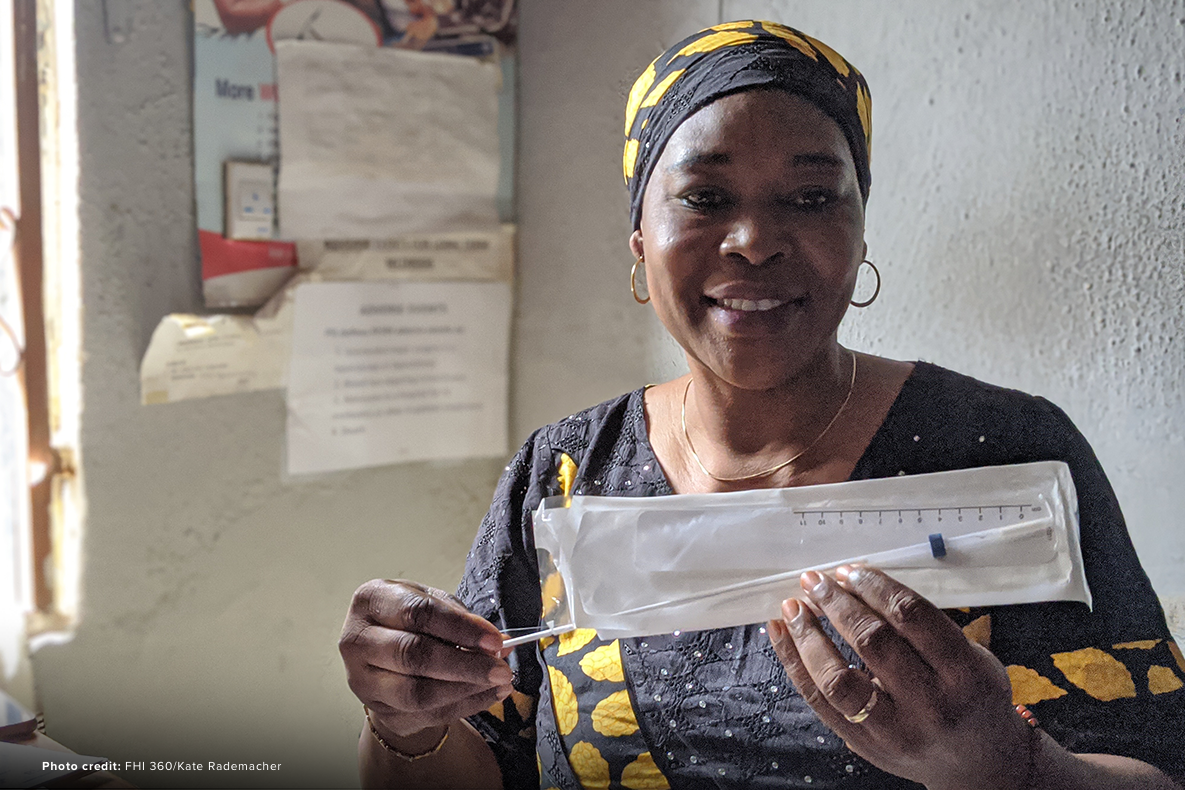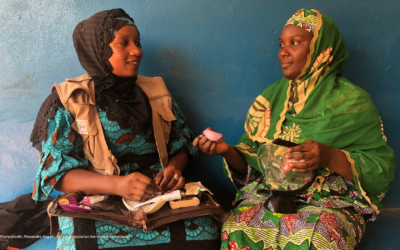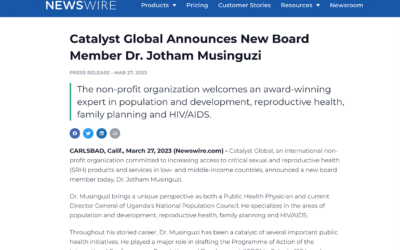By: Danielle Harris & Beth Brogaard
Contraceptive product introduction is complex. Moving a product from research and development to market involves a constellation of stakeholders, from product developers and donors to, most importantly, Ministries of Health and consumers. Contraceptive product introduction also involves a series of overlapping activities. Alongside research on user acceptability and willingness to pay are important discussions and assessments of a health system’s ability to add the product to their current offering and what the pathway to scale might look like. Ministries of Health, which drive the decisions to introduce or scale a method, must weigh the pros and cons of expanding the method mix without displacing markets for existing methods or overextending their healthcare workforce. In sum, there’s a lot to consider.
Enter: the Contraceptive Innovation Index.
Adapted from the existing Global Health Innovation Index, developed by USAID’s Center for Innovation and Impact, the Contraceptive Innovation Index was designed to facilitate discussions and decision-making about the introduction and scale-up of contraceptive technologies. The Contraceptive Innovation Index offers a comprehensive but streamlined way to organize and evaluate information related to four criteria: (1) user demand and impact, (2) system factors and sustainability, (3) supplier capacity, and (4) progression to scale.
In January 2023, the USAID-funded Expanding Effective Contraceptive Options (EECO) project and USAID’s Center for Innovation and Impact hosted a webinar to introduce the Contraceptive Innovation Index to the broader reproductive health community.
Here are some of the key takeaways from the discussion with contributors and colleagues:
Evaluating user demand and acceptability is a prerequisite to conversations about introduction or scale
In an environment of limited resources, it’s important that any new method responds to a critical gap in the market. Does this method appeal to new family planning users? Does it offer a unique benefit desired by current users that’s missing from other methods?
Developing reliable estimates for the market size or demand forecast for new or lesser-used contraceptive methods is tricky. A new publication – Demand Forecasting Approaches for New Contraceptive Technologies: A Landscaping Review and Recommendations for Alignment – provides guidance on how to estimate the market size and forecast demand in the absence of historical data.
Concerns about cost are top of mind for all stakeholders, but especially for Ministries of Health
For Ministries of Health looking to expand access to a new method through the public sector, cost is a key consideration. Not only of the method itself but the full cost of adding it to the method mix, including demand generation and provider training. However, especially for new contraceptive technologies, understanding the full cost associated with their introduction is complicated. As described by Abigail Winskell of Population Services International (PSI), studies on willingness and ability to pay are valuable, but their utility and predictive value is limited when discussing a hypothetical method. Procurement budgets are tight, and only growing tighter, leaving Ministries to make tough choices about which new or existing products to purchase and in what quantities.
Supplier capacity and ability to manage production is a critical concern
A supplier’s capacity to manage production and risk is an important predictor of whether a method will be reliably available for the women who want it or whether they will be inconvenienced by stockouts and potentially forced to choose an alternative method. As noted by George Barigye, PATH’s Regional Technical Advisor in Uganda for the DMPA-SC Access Collaborative, reliance on one manufacturer may compromise expected production timelines and contribute to competition among countries for limited supply. Ultimately, this dynamic can make Ministries less confident that production will meet demand.
Progression to scale takes longer than you think
For new contraceptive technologies, changes to policies, tools and/or guidelines may be required for the method to deliver on its potential impact. Similarly, there may be regulatory hurdles to clear, like securing marketing authorization ahead of large-scale procurement and distribution. These kinds of changes or approvals cannot be rushed as soon as a method is “ready” for scale. In fact, they typically require significant advocacy and buy-in from local champions of the method to move forward. Ministries of Health often look to the types of questions in the Index’s Progression to Scale criteria as a checklist of important milestones to have achieved in order to pursue scaling.
For more information about how to coordinate the introduction of contraceptive methods through both public and private channels, check out this strategic planning guide on contraceptive method introduction. This guide concisely describes seven key elements for successful contraceptive introduction, which align with and complement the criteria in the Contraceptive Innovation Index.
The Contraceptive Innovation Index is intended to be a living document; used, adapted, and revisited over time by Ministries of Health, donors, implementing partners and even product developers. Rather than provide a go or no-go decision on introduction or scale, the Index can identify where additional research and/or investment would be most useful. To see how the Contraceptive Innovation Index was applied to two real-world examples, the introduction of the hormonal IUD in Nigeria and the Caya diaphragm in Niger, see here.
If you decide to use the Contraceptive Innovation Index in your work, let us know! Or, if you would like to use the Index in your work but you’re not sure where to start, we can help. Send comments or questions to Danielle Harris at [email protected].




